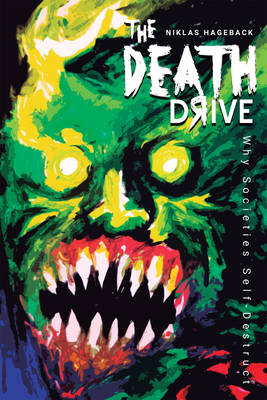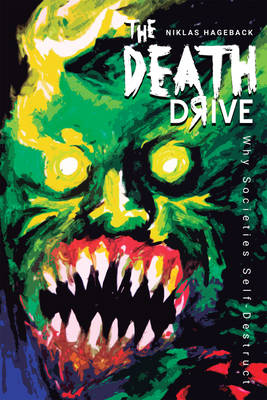
- Afhalen na 1 uur in een winkel met voorraad
- Gratis thuislevering in België vanaf € 30
- Ruim aanbod met 7 miljoen producten
- Afhalen na 1 uur in een winkel met voorraad
- Gratis thuislevering in België vanaf € 30
- Ruim aanbod met 7 miljoen producten
Zoeken
Omschrijving
Sigmund Freud\u2019s death drive remains among the most controversial concepts in psychoanalysis, something which post-Freudians never could reach consensus on. Over time, it fell into oblivion. Recent developments, however, have actualized the interest in the death drive as political upheavals and turmoil lead to societal breakdowns that, according to reigning academic theory, should not exist. It has become a burning and contentious topic. Existing conflict theories generally unmask structural factors considered as explanatory root causes, whether social, economic, or political, but, typically, these factors may have been in place for decades. These models consistently fail to identify the triggers that ignite abrupt change and what heralds it. Anecdotally, a certain self-destructive sentiment seems to suddenly hold sway, where the established order, the status quo, simply must be destroyed, and the psychological urges to do so are too great to resist. But why would individuals or collectives elect a self-destructive path, which on a superficial level seems to conflict with the survival instinct and the assumption of perpetual human progress? Thus, the question must be posed: are these manifestations of the death drive? The Death Drive: Why Societies Self-Destruct offers an explanatory framework and methodology to predict periods of destruction that often have grim effects on societies, taking as its starting point the controversial death drive concept. The book provides a model to understand and forecast the seemingly irrational destructive human forces that hold such great and sinister influence on world affairs. Niklas Hageback has an extensive background in psychology, working with behavioral finance, modelling irrational collective behavior at tier-one financial institutions and consulting firms, such as Deutsche Bank, KPMG, and Goldman Sachs. His previous works include the bestseller, The Mystery of Market Movements: An Archetypal Approach to Inve
Specificaties
Betrokkenen
- Auteur(s):
- Uitgeverij:
Inhoud
- Aantal bladzijden:
- 224
- Taal:
- Engels
Eigenschappen
- Productcode (EAN):
- 9781592110346
- Verschijningsdatum:
- 1/11/2020
- Uitvoering:
- Paperback
- Formaat:
- Trade paperback (VS)
- Afmetingen:
- 152 mm x 226 mm
- Gewicht:
- 340 g

Alleen bij Standaard Boekhandel
+ 57 punten op je klantenkaart van Standaard Boekhandel
Beoordelingen
We publiceren alleen reviews die voldoen aan de voorwaarden voor reviews. Bekijk onze voorwaarden voor reviews.











